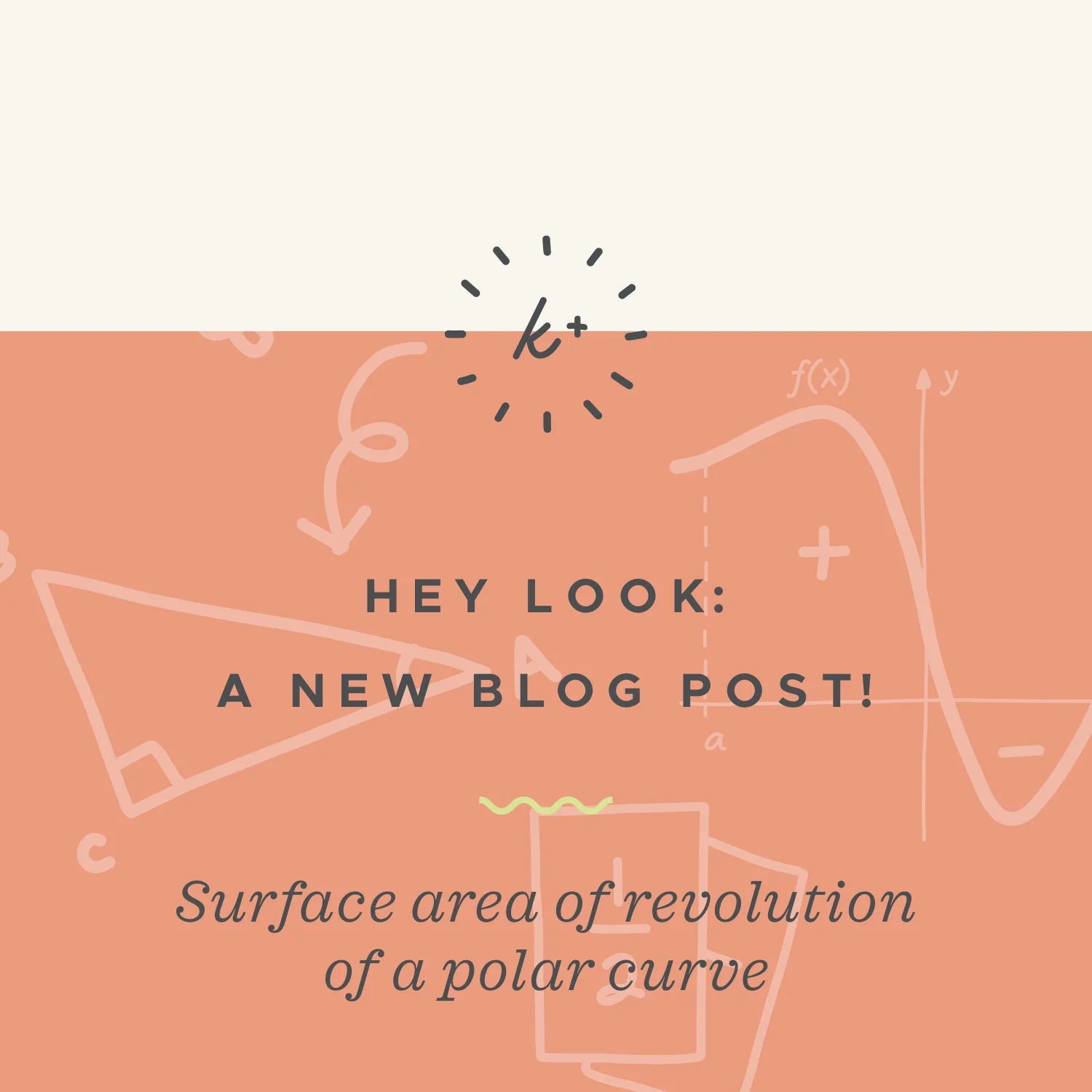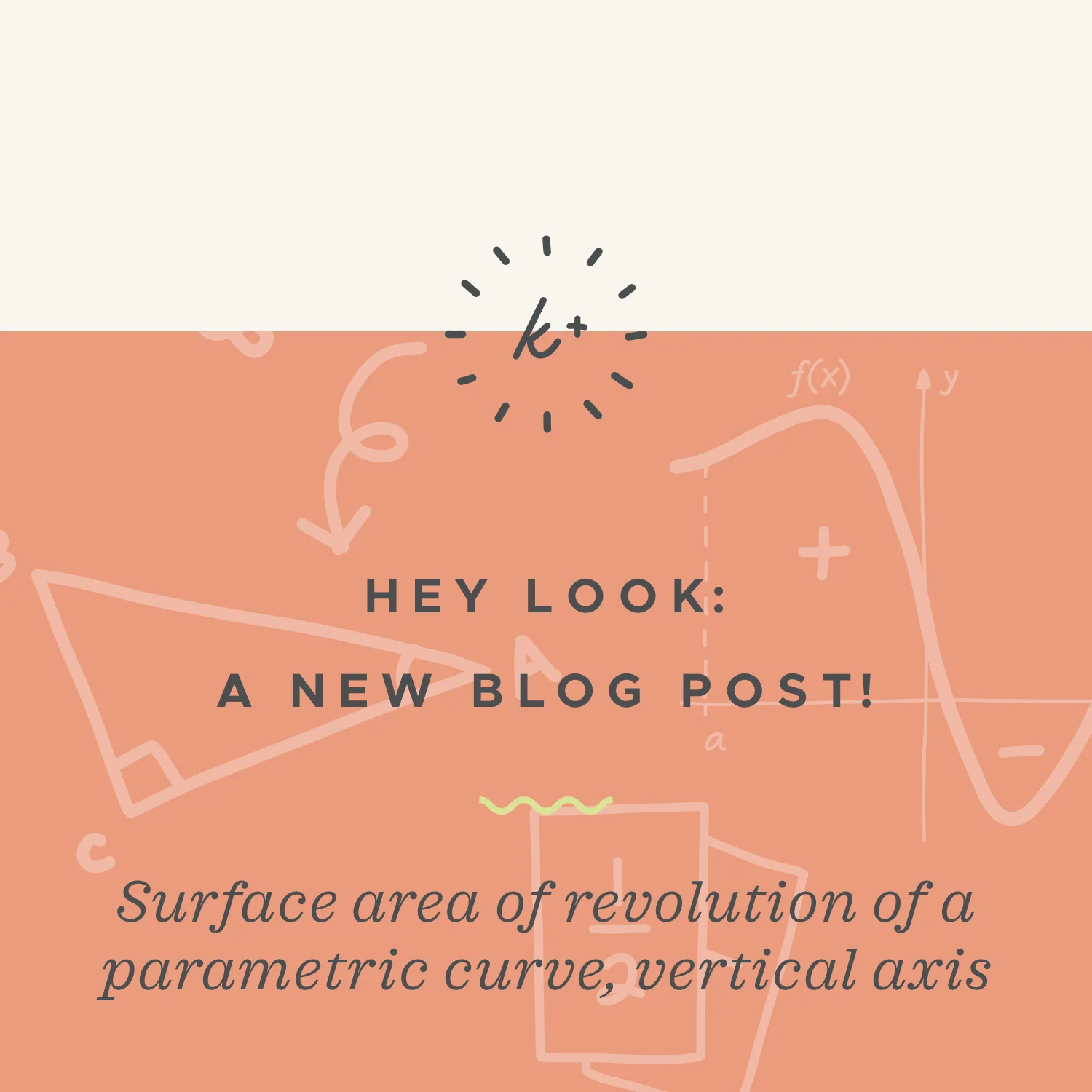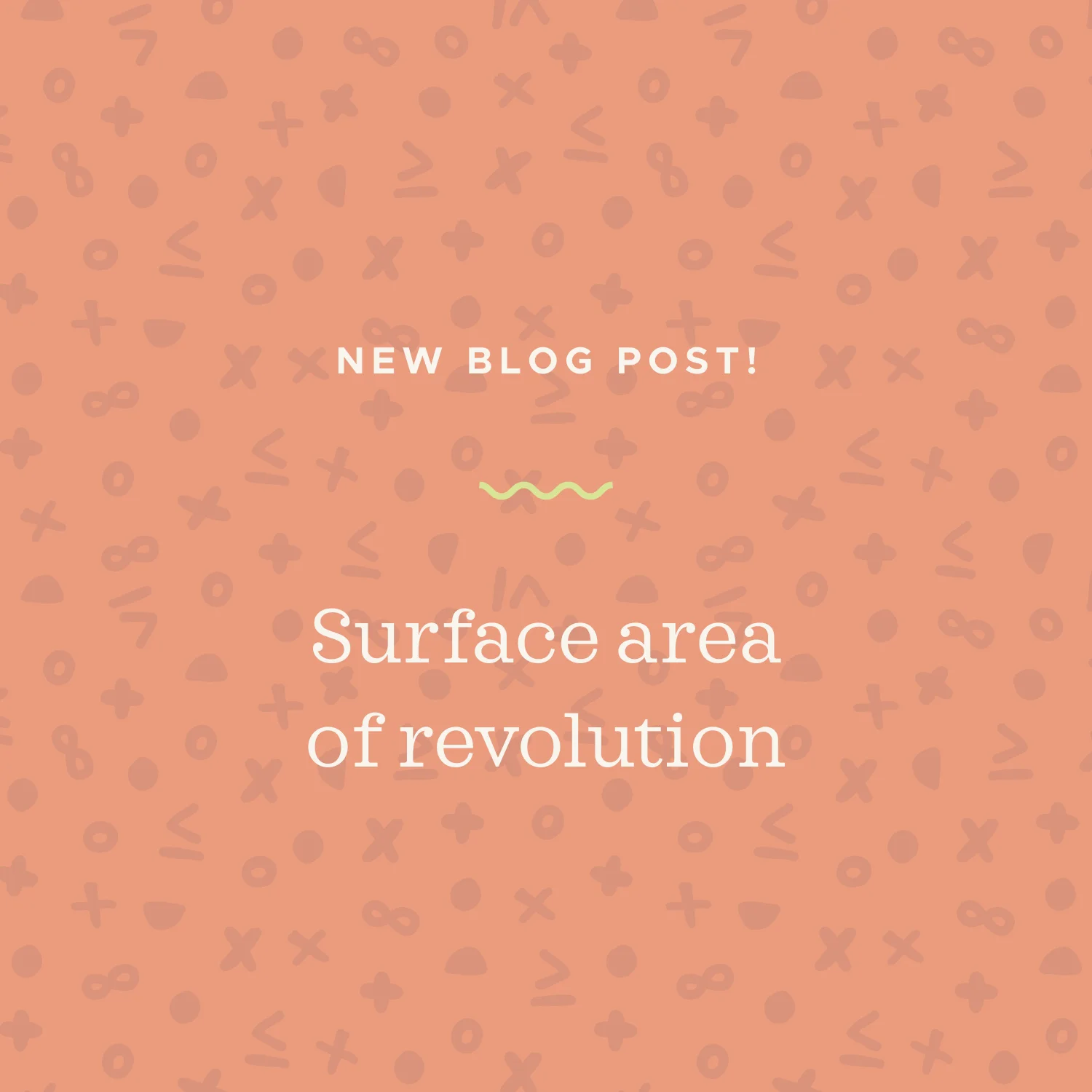In this post we’ll look at how to calculate the surface area of the figure created by revolving a parametric curve around a horizontal axis. We can revolve around the horizontal x-axis, or another horizontal axis. Either way, we’ll use an integral formula to calculate the surface area, so we’ll just need to pick a set of limits for the integral over which we want to find the surface area.
Read MoreWe can find the surface area of the object created when we rotate a polar curve around either the x-axis or the y-axis. We use a specific formula to find surface area, depending on which axis is the axis of rotation.
Read MoreTo find the surface area of revolution of a parametric curve around a vertical axis of revolution, we use a particular formula, which is different than the one we use when the axis of revolution is horizontal.
Read MoreWe can use integrals to find the surface area of the three-dimensional figure that’s created when we take a function and rotate it around an axis and over a certain interval. The formulas we use to find surface area of revolution are different depending on the form of the original function and the axis of rotation.
Read More





